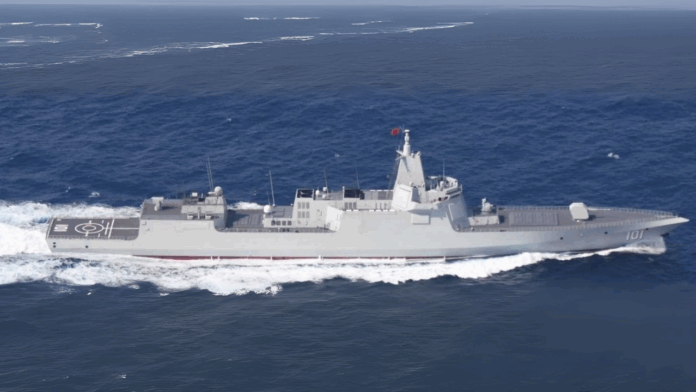The Shangri-La Dialogue 2025 made its mark on the Philippines after Defense Secretary Gilbert Teodoro’s sharp remarks responding to questions from professors of China’s National Defense University and National Security College, calling them out as clear propaganda.
But beyond the social media noise, something far more urgent and grim was revealed during the same security forum: the region is heading toward a potential conflict – and fast.
In a separate session, U.S. Secretary of Defense Pete Hegseth issued a direct warning to Indo-Pacific allies: the United States believes China is accelerating preparations for a possible forcible unification of Taiwan by the year 2027. Citing American intelligence assessments, Hegseth said that the Chinese military has been given a deadline by President Xi Jinping to be “ready” for a Taiwan scenario within two years—a timeline echoed in past testimonies by U.S. Indo-Pacific Command officials
This looming deadline has triggered a quiet but urgent recalibration of the Philippine security posture. Since 2023, the Marcos administration has expanded the Enhanced Defense Cooperation Agreement (EDCA) to include nine sites, with three locations—Cagayan, Isabela, and Palawan— strategically located near Taiwan and the South China Sea.
Construction of U.S.-funded storage and logistics hubs has accelerated, and shared facilities are now being built in Batanes, the province closest to Taiwan.
The annual Balikatan exercises have also evolved. For the first time, Philippine and U.S. troops conducted drills that simulated the defense of northern island territories under the threat of an amphibious attack—a thinly veiled reference to a Taiwan conflict spillover. The U.S. also committed additional defense assistance: long-range missile systems, coastal radars, drone surveillance, and joint maritime patrols in areas increasingly shadowed by Chinese vessels
Still, the dangers are immense. A military clash over Taiwan would put the Philippines in immediate risk, not only because of its geographic proximity and military ties with the U.S., but also because over 150,000 Filipinos live and work in Taiwan.
Economic disruption, refugee movement, cyberattacks, and even direct strikes cannot be ruled out. Foreign Affairs Secretary Enrique Manalo has called for restraint and dialogue, but defense officials privately admit that contingency planning is already underway.
As the 2027 window approaches, diplomatic language remains calm, but the preparations tell a different story. And while fiery soundbites may dominate headlines, the real story is what happens if—or when—those warnings become reality.



